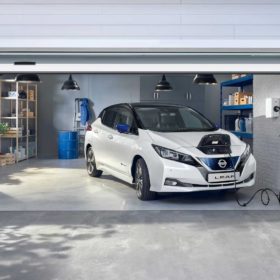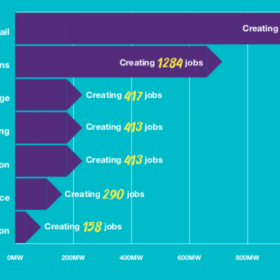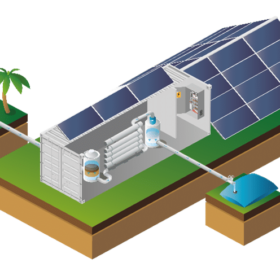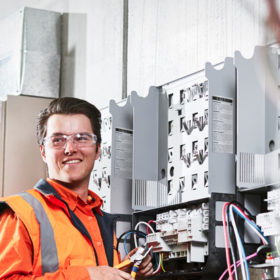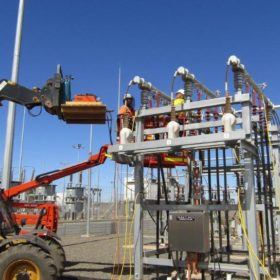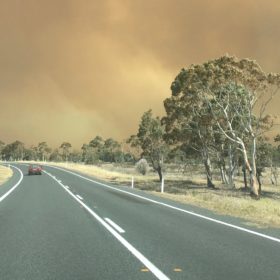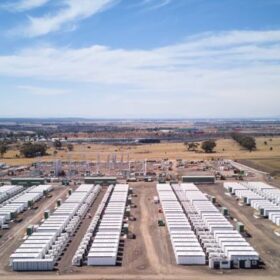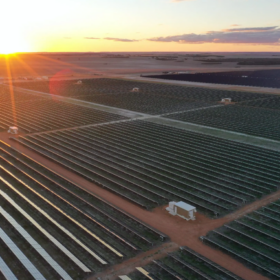‘Hydrogen a distraction’: WA Professor on why lithium batteries have the upper hand for transport
Examining the situation from an economic and historical perspective, Professor Ray Wills says it’s “unlikely” hydrogen will manage to overtake batteries as the preferred transport fuel.
Cumulative corporate commitments drive demand for 2.8 GW of renewable electricity
Corporate commitments in Australia will drive an estimated 2.8 GW of demand for renewable energy projects, according to a new report from Greenpeace.
La Trobe University now home to solar-powered stadium
La Trobe University is not messing around when it comes to its 2029 ‘net zero’ ambitions. The university, which installed 7,500 solar panels at its Bundoora campus last year, has this month seen the completion of its new sports stadium which will be entirely powered by rooftop solar.
US alternative investment fund backs Social Energy for rapid Australian expansion
UK-based Social Energy launched in Australia with the help of shareholder Shane Warne back in 2019. Now the smart energy firm is being backed with a significant investment from US-based alternative investment fund manager CarVal Investors in order for the company to rapidly grow Down Under.
French startups develop PV-powered desalination solution
Two French companies have collaborated on the development of the Osmo-Watt system, which is powered by solar panels. They claim that the technology can produce up to 100 cubic meters of drinking water per day.
Victoria’s first ‘solar sponge’ community battery network to be developed
In what is believed to be a Victorian first, CitiPower and Yarra Energy Foundation will parter to create a community battery network in the Melbourne CBD and inner-city suburbs.
Big battery announcements could see storage pricing ‘cannibalise’ itself
In November last year, Cornwall Insight Australia estimated Australia had 7 GW of battery storage projects in the pipeline. Since then, massive amounts of storage capacity have been added.
Global companies win award for Australian VPP grid support program
Enel X, a subsidiary of Italian utility company Enel, has won the Mission Critical Tech Innovation Award at the global Datacenter Dynamic Awards 2020 for its virtual power plant (VPP) grid support program in Australia.
Japanese giant backs QLD green hydrogen plant and Omani grey hydrogen competitor
The Sumitomo Corporation has simultaneously signed a contract with an EPC for a solar-powered green hydrogen production plant in Gladstone, Queensland, while also commencing a feasibility study for a grey-green hybrid hydrogen project in Oman. Considering the relative similarities in distance between the two countries and export markets in East Asia, the Japanese conglomerate looks to be setting the stage for competition in the hydrogen economy.
Standalone power systems could confer up to $1.5 billion in saved network costs and community resilience to disaster
Edge-of-grid communities are under increasing threat of debilitating power outages due to disasters driven by climate change. A new report quantifies the benefits of transitioning some 244 communities to microgrids or individual power systems.
